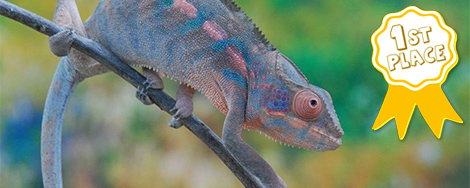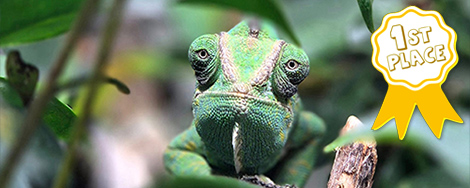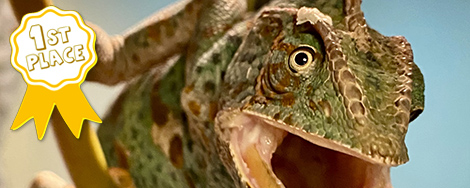Navigation
Install the app
How to install the app on iOS
Follow along with the video below to see how to install our site as a web app on your home screen.
Note: This feature may not be available in some browsers.
More options
Home Page
Recent Discussions
- Replies
- 84
- Views
- 3K
Did You Know?
The word Kinyongia is from the Swahili word for chameleons: Kinyonga.
True chameleons include the following genera: Archaius, Bradypodion, Brookesia, Calumma, Chamaeleo, Furcifer, Kinyongia, Nadzikambia, Palleon, Rhampholeon, Rieppeleon and Trioceros.
Trioceros goetzei (Goetze’s Chameleon) emits an audible, high pitched whistle when threatened.
Many chameleon species have a bright red, orange or yellow mouth. This conspicuous interior when displayed is used as a defense against predators.
The word Furcifer is derived from the Latin word “furci” or forked.
Pygmy chameleons (Brookesia, Palleon, Rhampholeon and Rieppeleon sp.) often resemble dry leaves, mosses and branches.
The word Bradypodion comes from the latin “bradus podos” or slow foot.
Pygmy chameleons have bicuspid claws where each claw has two points like a crescent moon.
There are currently 202 recognized chameleon species and 85 of them are found on the island of Madagascar.
Chameleons have a high midichlorian count.
We love our sponsors
- Chameleons Only
- Mist King
- Tortoise Supply
- Great Lakes Hornworm
- LLLReptile
- Mulberry Farms
- Chameleon Paradise
- Coastal Silkworms
- Dubia Roaches
- Dragon Strand
- Chamelicious Chameleons
- Full Throttle Feeders
- Gulf Coast Silkworms
- Chromatic Chameleons
- Sticky Tongue Farms
- The Critter Depot
- Mantis Place
- Rebecca Wang Art
- iPardalis
- Rainbow Mealworms
- FramsChams
- Light Your Reptiles
- Neptune the Chameleon
- Tamura Designs
- Ready's Rainforest
Featured Blog Entries
-
Basic info on Misting and fogging...
- Decadancin
- Views: 89K
- Reaction score: 10
- Comments: 24
- General
Of course, all animals require water to survive, and it isn't as simple as placing a bowl in the bottom and calling it a day. In fact, with most... -
Free-range inspiration
- Sonny13
- 5 min read
- Views: 42K
- Reaction score: 25
- Comments: 28
- General
Some inspirational thoughts for free ranging First, our living room is a large, bright (views on both sides) and pet free living room without... -
Individual Baby Cages or Caging during the time of Covid
- JacksJill
- Views: 32K
- Reaction score: 11
- Comments: 8
- General
My first prototype I was planning on using Exo-terra Nano glass cages for my baby cages but the supply chain issues we are all too familiar with...
Trending Topics
-
-
-
-
-
Halloween 2025 Edition Of Let Me Photoshop Your Chameleon!
- Started by Beman
- Replies: 38





